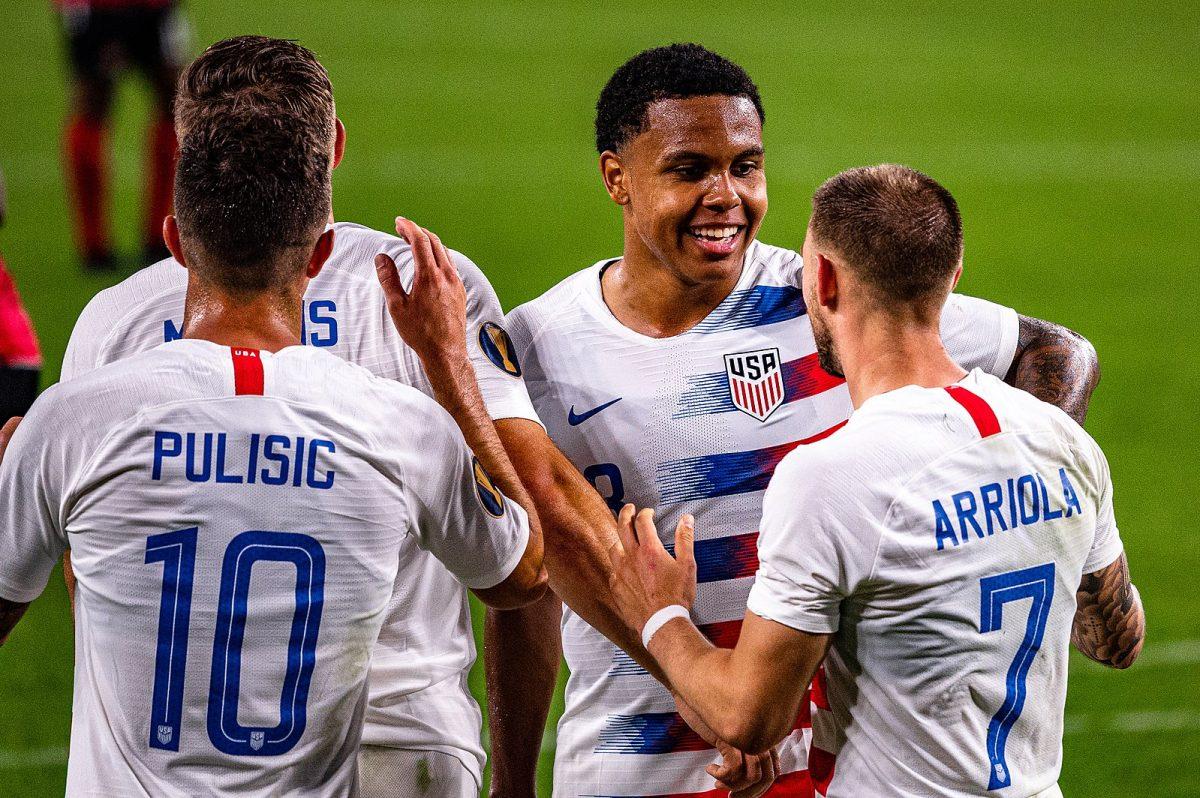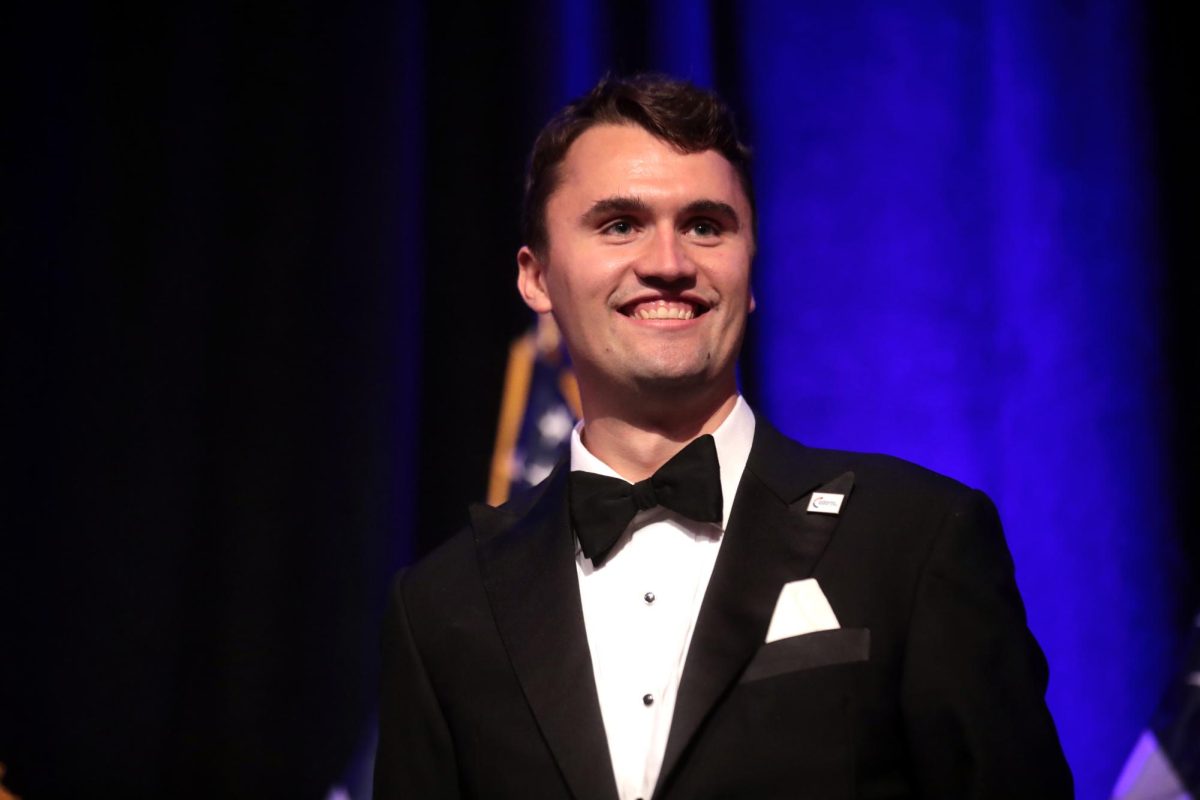Who knew that the last goal scored in World Cup qualifying play for America’s national soccer team would end in such disappointment?Â
Christian Pulisic’s 47 minute goal versus the oh-so-mighty Trinidad Tobago men’s soccer team could have been the start of a two goal comeback, boosting the Americans to World Cup qualification.Â
Instead, they were defeated, and had been booted out of one of the world’s largest-watched event in history, with 3.62 billion viewers in 2018.Â
To add some light to the situation, at least 4 billion people were disclosed from watching America’s disappearance from the FIFA World Cup. The first time since 1986 that the Americans were not included.Â
As a fan of the sport, I am embarrassed, but not shocked.Â
I grew up with a mother who loved the sport, and taught me the importance of the beautiful game at an early age. I was sitting in the womb while my mother watched the US women’s team win the cup in 1999, which brings up a question that I can’t not bring up:Â
Why are the women carrying the sport’s integrity on their shoulders?Â
As a soccer fan growing up, I idolized players like Cristiano Ronaldo, Arjen Robben, Xavi, and Harry Kane. The list goes on, but you know who’s not on the list? An American player.Â
There is no American “legend.â€
Growing up in the States, the idea of playing soccer, the world’s most popular sport, is looked down upon and regarded as a “soft†sport, or jokingly regarded as not a sport at all. Many high school soccer games of mine were spent looking up at the crowd and having a laugh with my teammates. The stands were looking a tad less full than the NBA’s season spent in the bubble.Â
Which for me, was kind of a win – as it wasn’t as broadcasted that I was a benchwarmer on the high school team.Â
So, America doesn’t care about soccer. I get it though. I’ll admit, I haven’t watched a minute of our domestic league, MLS, and most of the time matches overseas are translated to 4 a.m. here in California.
To learn more about the differences between other countries and America’s development of the sport, I reached out to a friend overseas, Cenk, who is an English native and fellow mentally-shattered Tottenham supporter.Â
Cenk filled me in on the English development of the sport, explaining the route of an academy player scouted at a young age and picked up by a professional or semi professional club. The older the athlete gets, the more serious the training, and few are given scholarship opportunities through interested clubs. At a young age, they can be chosen to play for the first team squad, and potentially be witnessed by millions of viewers worldwide if playing premier league football.Â
Sports attention in England is widely considered to be based around English football, or as we call it, “soccer.†The idea of an academy would be similar to the idea of the MLB’s developmental system.Â
Imagine a system that mimics the European developmental view, put in place for soccer here. Professional teams in the States function completely differently from those overseas.Â
Rome wasn’t built in a day, and neither was America’s starting 11. There is optimism that grows more and more with the promise of our youth. Players like Christian Pulisic, Giovanni Reyna, Weston McKennie, and Sergino Dest are showing true promise as they are surrounded by world-class players and coaches like Ronaldo, Messi, Marco Reus, Tuchel, and loads of European, competitive match time.Â
In comparison to the very few American “legends†of the game, this can be seen as a great opportunity. Clent Dempsey is the only player who strikes me as one who got a decent amount of match time overseas, whereas many of the older relevant U.S. players spent most of their time in the lesser competitive MLS.Â
The more players we can get overseas, the better, as MLS continues to prove themselves as a retirement tour for players nearing the falling off age.Â
As for my personal reflection, I can conclude I learned more playing EA sports FIFA, and from my mother’s personal knowledge, than I did during my time spent playing varsity soccer under a somewhat successfully-funded high school team in Central California.Â
America is warming up to the thought of accepting soccer as something that’s here to stick around, but there is much more needed. I am optimistic for the future of the sport here, and I hope you, the reader, can take these ideas presented and be excited as I am.Â














